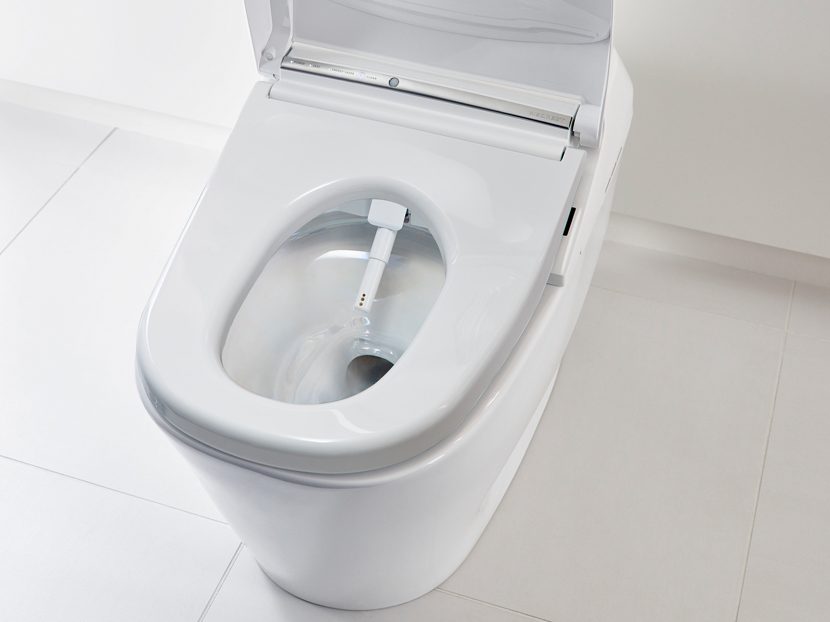Testing and Certification for Personal Hygiene Devices
As these bidet-like products boast a healthier, more hygienic lifestyle, make sure the models you recommend are third-party certified.

Lately, social media users have likely swiped past numerous advertisements for bidet sprayers without bidet — we called them personal hygiene devices — featuring such promises as “a healthier life with less toilet paper.” Others bill their product as a “shower toilet.”\
These devices' main attractive feature is the combination of two plumbing fixtures, toilet and bidet, into one unit, saving both space and costly renovation.
These personal hygiene devices come in several different types and styles, from a simple add-on component that connects to a regular toilet to an integral part of a fancier all-in-one toilet. They come with a wide range of features, too — from a basic on-off cold water spray to featuring adjustable water pressure and temperature controlled by a wireless remote.
All these devices do indeed offer a healthier, more hygienic lifestyle by cleansing using water (cold or warm spray) instead of traditional toilet paper. However, when choosing which device suits you best, there is a very important factor to consider: your health and safety.
As stipulated in the Uniform Plumbing Code, all plumbing products and systems must be tested and certified by a third-party agency to ensure the product's safe and healthy operation.
In the case of these particular devices, the UPC refers to ASME Standard A112.4.3/CSA B45.16, Personal Hygiene Devices for Water Closets, or other applicable standards.
The standards governing these products include such important requirements as:
• Backflow prevention device to ensure contaminated water from toilet bowl does not flow back into building water supply;
• Electrical requirements, when applicable;
• Self-cleaning sprayers protect one user from others;
• Temperature safety device;
• Pressure and lifecycle test to ensure product longevity;
• Rocking and loading cycle test on the plastic seat;
• Dimensional requirements for proper installation;
• Material requirements;
• Installation instructions.
When buying products, one factor to consider is the price; however, quickly identifying whether or not the product has been tested and certified as meeting every applicable safety standard is every bit as important. Looking for a familiar and reputable certification logo, also known as a mark of conformity, is the fastest way to tell if a product has been designed and manufactured with the end user's health and safety in mind.
The IAPMO R&T UPC and EGS shield marks of conformity affixed on a product, its packaging or literature communicate clearly that a product meets the applicable national standard requirements and is listed/certified for the United States and Canada, as well as meets the applicable electrical requirements, respectively.
IAPMO R&T offers one-stop testing and certification for all relevant standards governing personal hygiene devices. For more information, visit www.iapmort.org.




